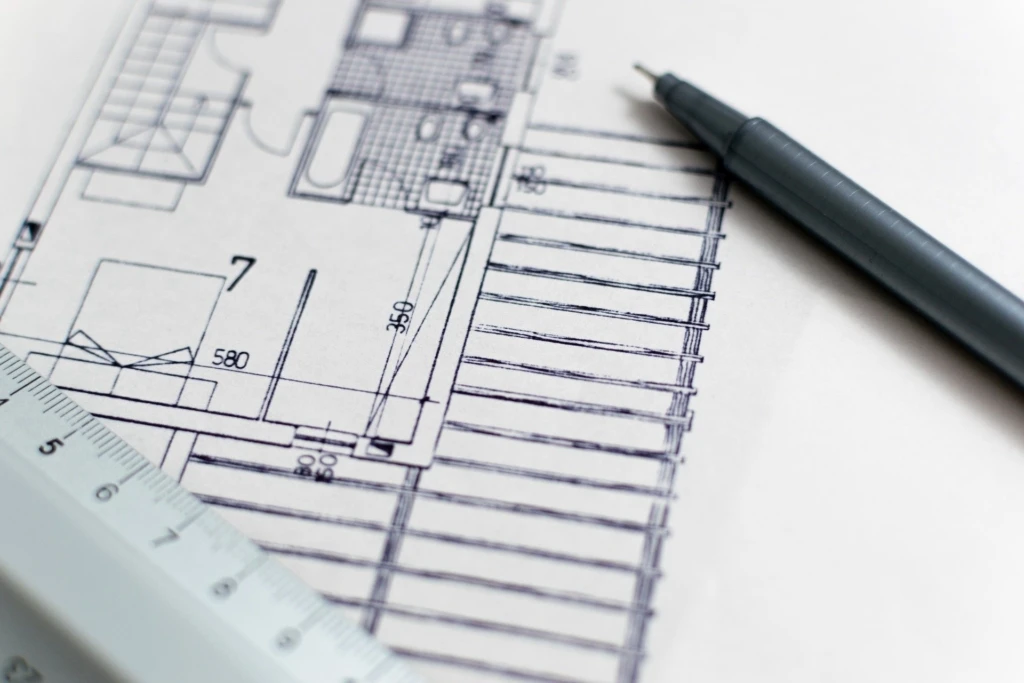Estonia's Electronics Recycling Association Opens First Small Electronic Waste Collection Station at Ülemiste Center – Broader Goal Is to Engage All Major Shopping Centers
![Väikeelektroonika kogumisjaam_Ülemiste keskus[90].jpg](https://media.kv24.ee/media/library/conversions/10434/Väikeelektroonika-kogumisjaam_Ülemiste-keskus[90].jpg-web.webp)
OÜ Eesti Elektroonikaromu opened Estonia's first stationary collection point for electronic waste located in a shopping center in cooperation with Ülemiste Center as a pilot project. The new solution allows people to conveniently dispose of small electronic waste during their everyday shopping visits, such as broken chargers, phones, old kitchen appliances, or electric toys. The collection point also accepts batteries/accumulators, e-cigarettes, and light sources.
"In Estonia, we collect back only about a quarter of the small electronics collection target, although the European Union's collection goal is 65%. In 2023, the collection rate was only 26.2%, while an estimated over 2,800 tons of electronic waste ended up in household waste. This means that valuable materials contained in electronic devices remain unused," said Kaur Kuurme, member of the board of OÜ Eesti Elektroonikaromu.
Often, old batteries, laptops, mobile phones, toys, small kitchen appliances simply end up sitting in drawers or cupboards. It is estimated that each household has as much as 4-5 kg of unused electronic devices. "Small electronic waste should be returned to circulation as quickly as possible, because if they are kept in drawers for years, they will not reach recycling," emphasized Kaur Kuurme, and called on people to organize their homes and bring electronic devices to the collection point.
According to Tiia Nõmm, head of responsible business at Ülemiste Center, installing one unified collection point is a clearer and more understandable solution for both tenants and visitors. "The obligation to collect small electronic waste rests with sellers, but often different stores have different collection solutions. One central collection point makes the process more convenient for everyone – the customer no longer needs to contact different stores, but can conveniently bring small electronic devices to one place," explained Nõmm.
She added that as part of the pilot project, they also want to find out how the new collection solution is received by both the center's stores and visitors, what the collection volumes are, and whether the container design and solution are suitable for long-term service or need further adjustment.
The Elektroonikaromu collection point is located on the 1st floor of Ülemiste Center's parking house, near the entrance on the Suur-Sõjamäe Street side. At the collection point, you can freely dispose of devices up to 25 centimeters in size. Similarly, both large and small electronic devices are accepted free of charge at larger waste collection points throughout Estonia, but people need to travel there specially.
Ülemiste Center's collection point marks the first step in making the disposal of electronic devices part of everyday habit. "Our goal is, in cooperation with shopping center managers, to place collection points in every major shopping center across Estonia – this way, the collection of electronic waste becomes a natural part of everyday shopping, not a separate burdensome undertaking. The goal is to increase collection activity and keep valuable resources in circulation," added Kuurme.
According to Piret Otsason, head of producer responsibility and hazardous waste management at the Climate Ministry, a prominent and convenient solution increases people's motivation to take waste to the right place, raises awareness, and helps increase recycling. "It is very gratifying that the first electronic waste collection point with clear instructions in an operating location was installed at Ülemiste Center, which makes returning old devices easy. I hope that in the future there will be more responsible shopping centers that are willing to cooperate with producers' associations following Ülemiste's example, so that more electronic waste reaches circulation and our environment is cleaner," added Otsason.
According to consumer research, many devices end up staying at home because people simply don't know where to take them. When collection points are visible and easy to find, the collection volume increases significantly. This is a solution where everyone wins – consumers, producers, and the environment.




